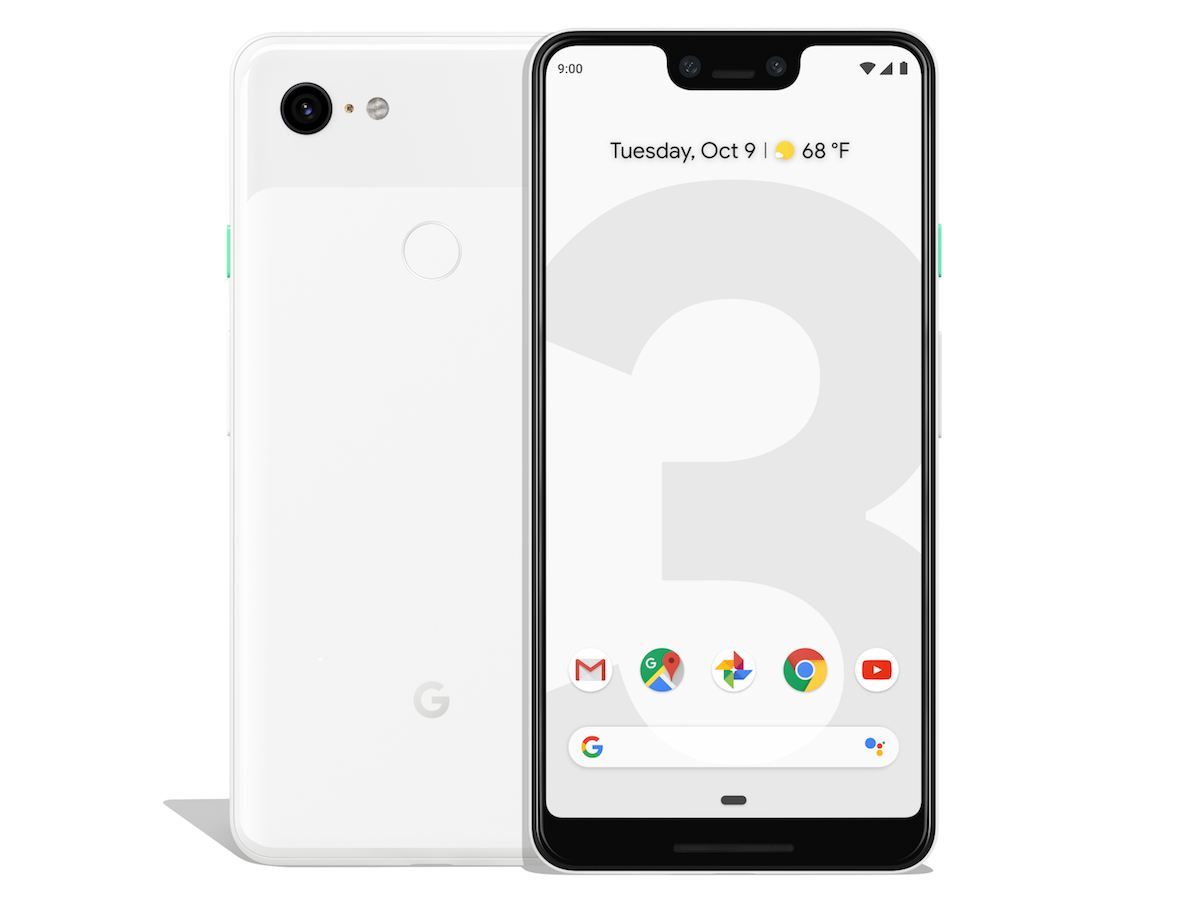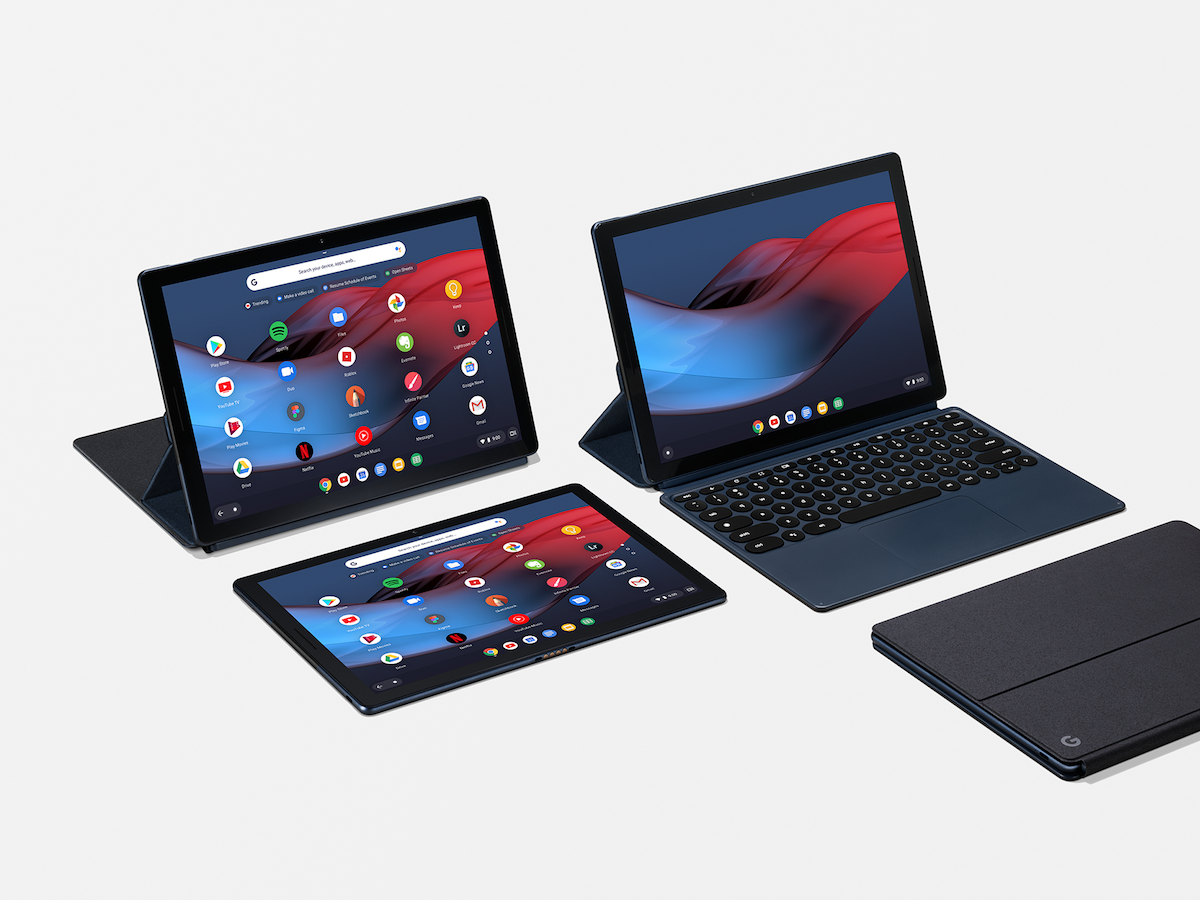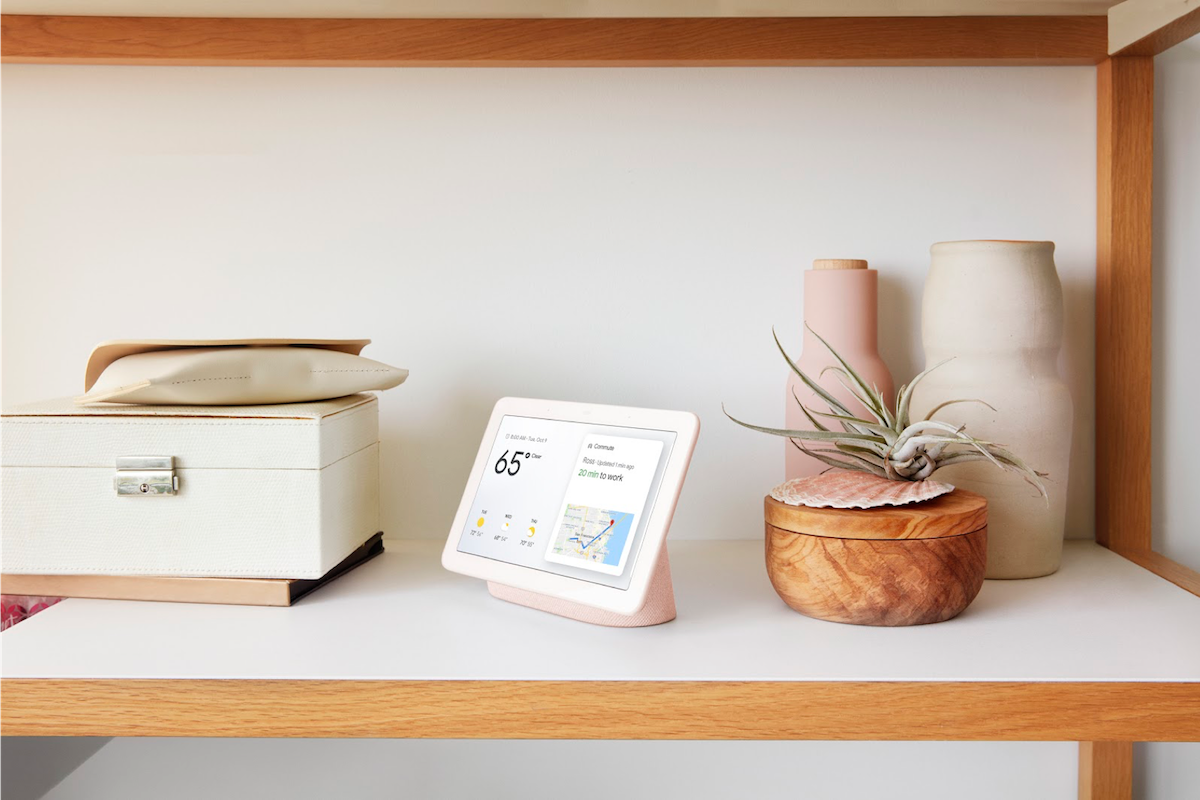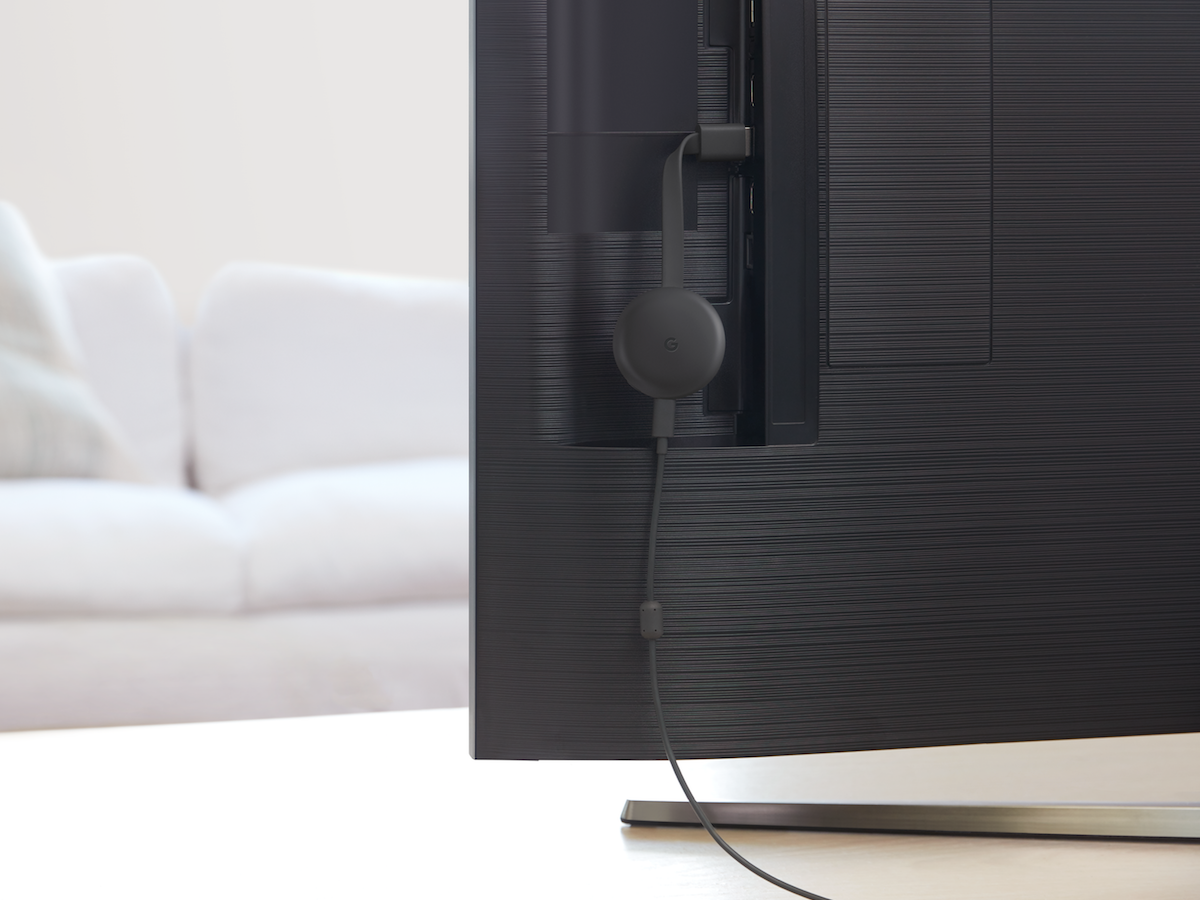5 things we learned at Google’s Pixel 3 event
A pair of Pixels 3s, the Pixel Slate, Home Hub, and more

EXCITING TIMES
After a truly incredible number of leaks, Google properly announced the Pixel 3 and Pixel 3 XL today… and they came exactly as expected. The surprise might be ruined, but there’s plenty of reason to be excited for these handsets, which look a fair bit different than last year. The Pixel 3 XL packs a notch, as is obvious at a glance, while the smaller Pixel 3 thankfully gets sleeker without the notched display. But that’s not all that Google had in store for its big hardware day, as we also saw the Pixel Slate and Pixel Home Hub for the first time. Here’s a quick look at everything announced today.

1) THE LARGER PIXEL 3 XL GOES A NOTCH ABOVE
Google has opted to follow Apple, OnePlus, and others in implementing the screen cutout, and this looks like the deepest one we’ve seen to date. It’s done to accommodate the dual front cameras, but it’s… not short. Elsewhere, the Pixel 3 XL brings in glass backing with both sleek and matte areas on a single sheet, and that means wireless charging is in the mix. You’ll get a top-end Qualcomm Snapdragon 845 chip in here, along with Android 9 Pie and an array of neat software functions (more on that in the next section). And while Google’s chasing the notch trend here, it’s bucking the flagship camera trend by sticking with a single back shooter. If it improves upon the brilliant Pixel 2 camera, then we’ll have a winner here.

2) THE PIXEL 3 SEES SOLID TWEAKS
To the relief of surely many, the Pixel 3 doesn’t see quite as dramatic of a front-facing change. It looks a lot more refined than before and certainly sleeker, but it doesn’t go as far as implementing a screen notch. Instead, you get more bezel. That’s the trade-off. Elsewhere, much is the same as the XL model, including the glass backing and wireless charging, compatibility with the new Pixel Stand wireless charger (which changes how Google Assistant looks and acts), and plenty of power within. Same on the camera front, as well.

3) GOOGLE GOES CONVERTIBLE WITH THE PIXEL SLATE
Google’s event wasn’t all about pocket-sized Pixels – the company is also making an impressive-looking new tablet with the debut of the Pixel Slate. The centerpiece of this tablet is, of course, the 3000×2000 12.3in LCD screen, which Google is calling a “Molecular Display.” It’s a crisper display than we’ve seen on the rival iPad Pro and Surface Pro 6 models, thanks to Low Temperature PolySilicon (LTPS) technology that also helps with battery efficiency. The Pixel Slate is built around Chrome OS, and it’s been refined for tablet usage: without the optional Pixel Slate Keyboard attachment, it switches to a touch-centric version that’s easier to navigate with your fingers. Of course, Chrome OS runs Android apps, has the Google Assistant in the mix, and plenty more.

4) THE GOOGLE HOME HUB IS A CHEAPER ECHO SHOW
The Google Home Hub is the company’s take on the Amazon Echo Show formula, with a sleek design and a focus on managing your smart home. The smartest feature in the bunch may be the Home View dashboard, which pops up with a swipe down and lets you get a glance at all of your active connected home devices. The Home Hub can also access YouTube videos, showcase your Google Photos shots and enter a Downtime mode when you don’t want it within earshot, and the Google Assistant is also there to answer questions as per usual. Beyond that, the best feature is undoubtedly the price: at £139, it’s much cheaper than the new Echo Show and Facebook’s upcoming Portal.

5) THERE’S A NEW CHROMECAST TOO
Google left this minor update out of its big event, but the company also just rolled out an updated Chromecast dongle, as was recently leaked. The new Chromecast keeps the same general design as the last one, albeit with a bit more polish and new Chalk and Charcoal colour options. It’s also 15% faster than before, which enables 60-frames-per-second streaming at 1080p. Otherwise, the streaming device remains as cheap (£30) and straightforward as before, letting you add connectivity to just about any screen and control it from your smartphone.


